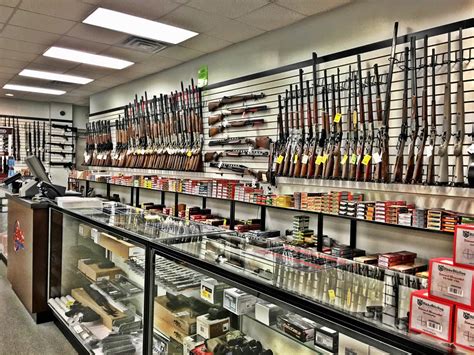


Free Shipping | 99% of all stands ship within 24 hours
We appreciate you sharing this:


We appreciate you sharing this:

Categories:
From pandemic-fueled spikes to a gradual cooldown—explore the most recent trends shaping America’s firearm market in 2025.
The U.S. firearm market has seen dramatic ebbs and flows over the past half-decade. After a pandemic-era boom, sales have softened, even as new demographic shifts and regulatory changes introduce unexpected dynamics.
Firearm sales have declined steadily from their 2020 peak. An estimated 16.17 million guns were sold in 2024, down about 3.4% from 2023 :contentReference[oaicite:0]{index=0}. Based on early 2025 data, about 5.2 million guns sold in the first four months, projecting a total of ~15.5 million—another ~4% drop :contentReference[oaicite:1]{index=1}.
Retail unit sales dropped 9.6% year-over-year in Q1 2025, with revenue falling 11.5% :contentReference[oaicite:2]{index=2}. Smith & Wesson mirrored the trend with an 11.4% annual sales decrease and a near 50% stock decline, underscoring continued shrinkage in demand :contentReference[oaicite:3]{index=3}.
Despite declining unit sales, the firearm industry remains a key economic driver. In 2024, it supported nearly 383,000 jobs and generated approximately $91.65 billion in economic activity :contentReference[oaicite:4]{index=4}.
Meanwhile, roughly 3.9 million Americans became first-time gun owners in 2024—a vital infusion into the broader owner base :contentReference[oaicite:5]{index=5}. And over the span from 2000 to 2024, firearm ownership rose by 26% :contentReference[oaicite:6]{index=6}.
Ownership patterns are evolving quickly. In 2024, roughly 32% of Americans—about 107 million people—reported owning a firearm :contentReference[oaicite:7]{index=7}.
Notable demographic shifts between 2017 and 2023 include:
A Georgia State University study shows media coverage, social media discussion, and advocacy group messaging significantly influence firearm purchases—sometimes within days :contentReference[oaicite:9]{index=9}.
Fear of violent crime, exposure to gun-rights or anti-regulation narratives, and coverage of mass shootings can all trigger heightened buying behavior—especially among first-time buyers :contentReference[oaicite:10]{index=10}.
Public support for stricter gun laws remains strong—polls show 61–87% of Americans support measures like universal background checks and assault weapon bans :contentReference[oaicite:11]{index=11}.
Regulatory developments such as universal background check laws and red-flag statutes—now enacted in 20+ states—shape the legal landscape for buyers :contentReference[oaicite:12]{index=12}.
While overall gun sales have softened, niche markets are booming—like NFA-regulated items (e.g., suppressors). Regulatory easing and lower taxes have made these items more accessible :contentReference[oaicite:13]{index=13}.
Additionally, less-lethal alternatives—so-called “unguns” like pepper-ball launchers—have seen explosive growth, with sales crossing $100 million and a broader market expected to double by 2030 :contentReference[oaicite:14]{index=14}.
The firearm market is stabilizing post-pandemic, with fewer impulse buys and a return to more routine purchasing patterns. However:
Firearm sales in the U.S. aren’t what they were two years ago—but they remain significant. A slower pace doesn’t equal stagnation. The industry continues adapting—with advances in regulation, demographics, and product diversification shaping the years ahead.
Want to display or store your collection smartly as buying habits evolve? Check out GunCreed’s premium firearm display stands—built for collectors and enthusiasts ready for what’s next.